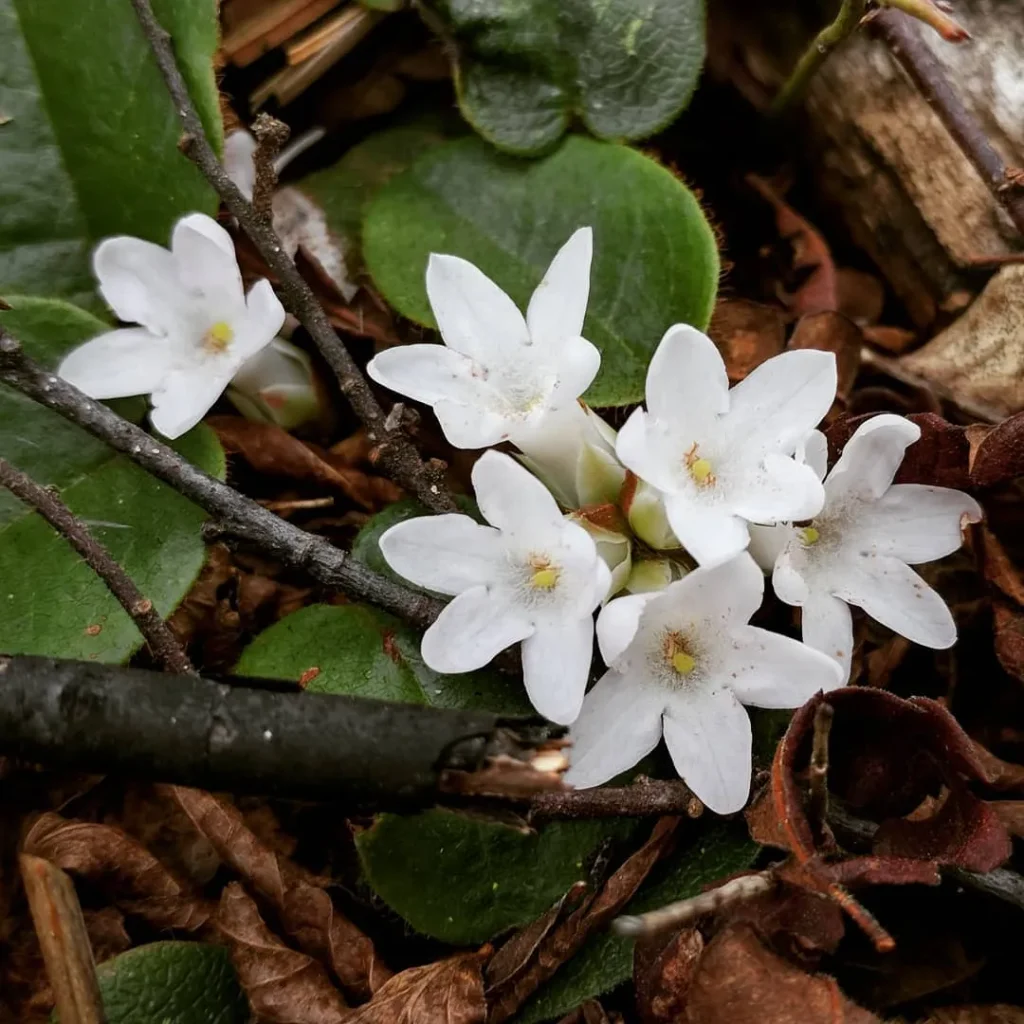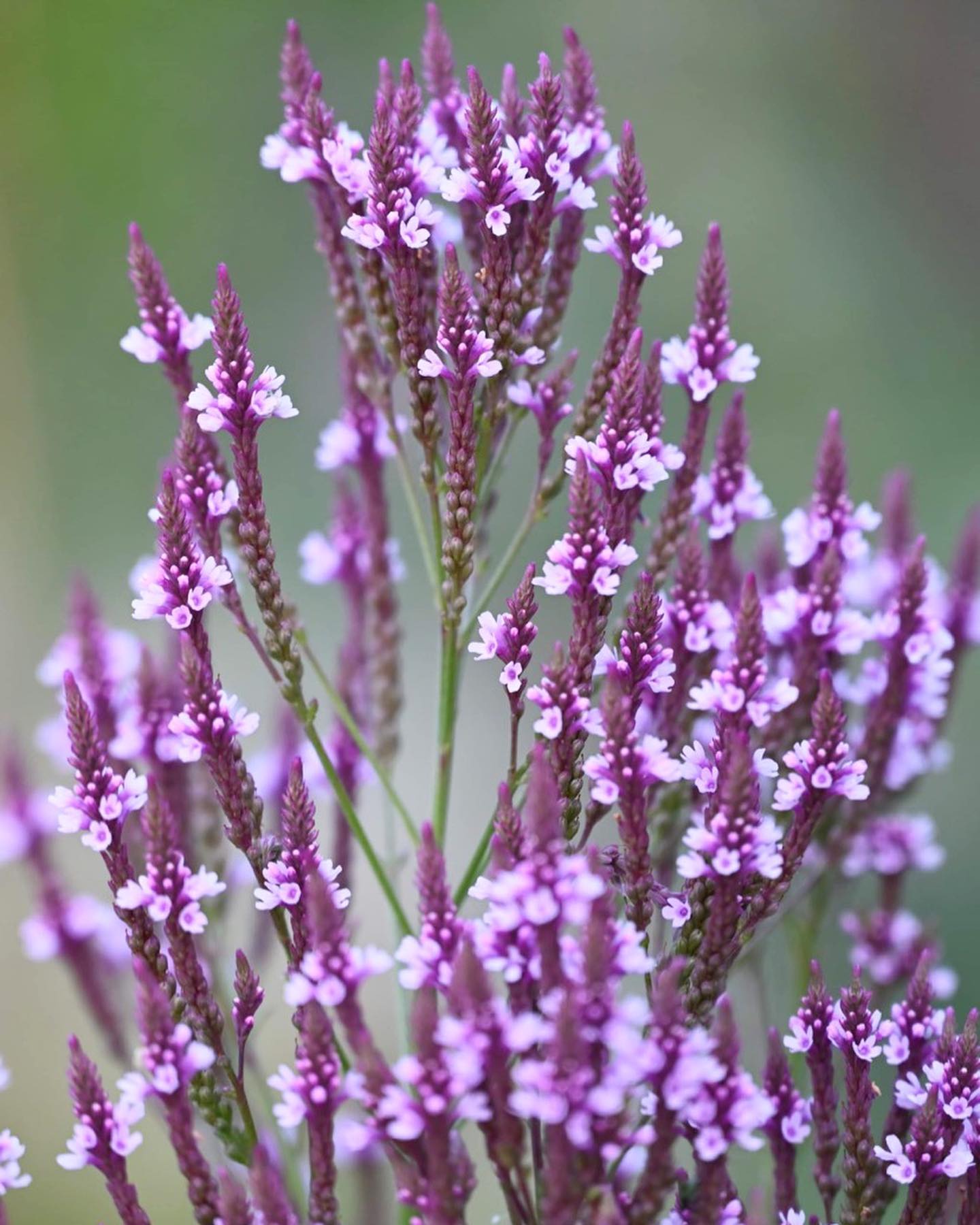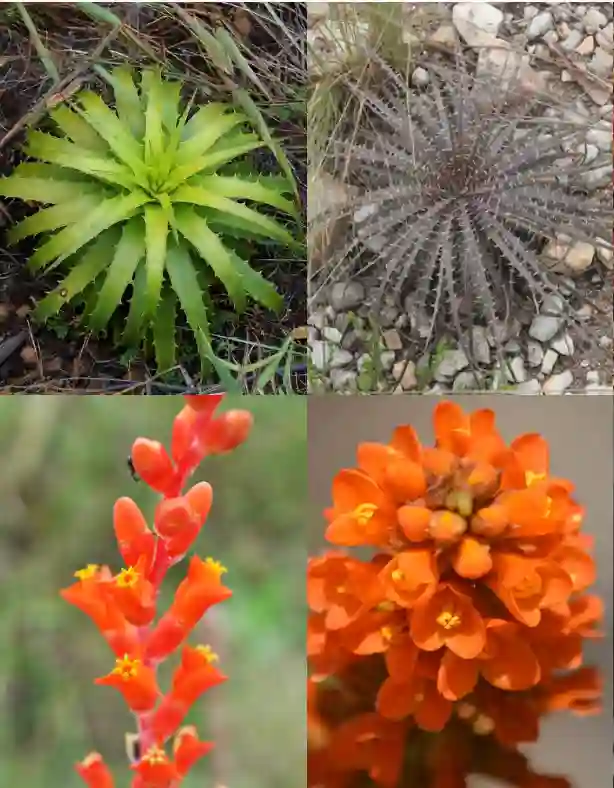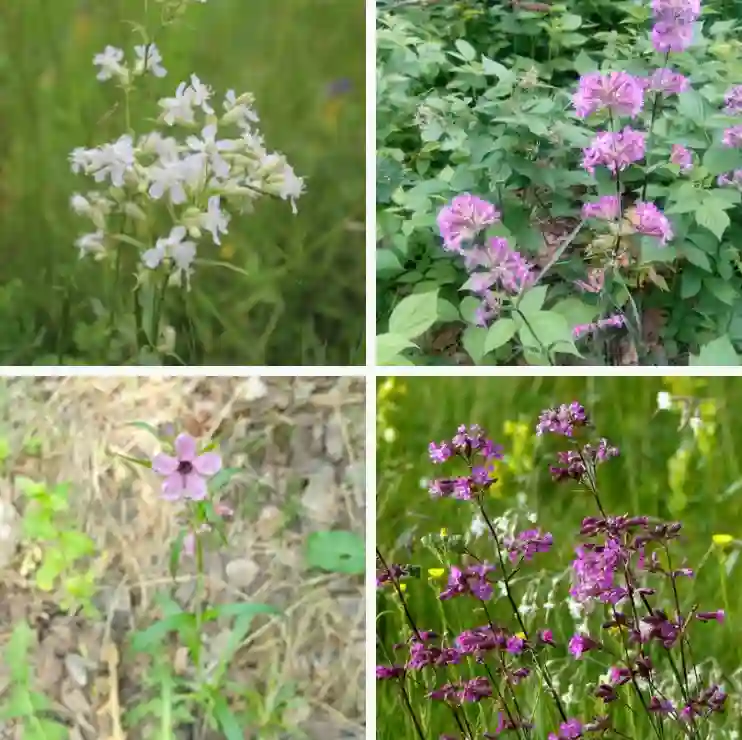Scindapsus Platinum: Your Guide to this Luminous Philodendron Lookalike
Hi, Ferb Vu here! Recently, the Scindapsus Platinum has been causing quite a stir in the houseplant world. With its silvery-green foliage and cascading growth habit, it’s easy to see why. But is this a true Philodendron, and what kind of care does it need to thrive indoors? Let’s delve into the world of Scindapsus Platinum and answer all your burning questions.
36 Species in Genus Scindapsus
What is a Scindapsus Platinum?
The Scindapsus Platinum, sometimes mistakenly called Silver Satin Philodendron, is not actually a Philodendron. It belongs to the genus Scindapsus, which is closely related to Philodendrons but has some distinct characteristics. Scindapsus tend to be more delicate climbers with smaller, more ovate leaves compared to the larger, heart-shaped foliage of Philodendrons.
The Scindapsus Platinum stands out for its stunning variegated foliage. The base color is a rich, emerald green, generously splashed with silvery-white variegation. This mesmerizing combination creates a luminous effect, making it a true conversation starter in any room.
Scindapsus Platinum vs Silver Hero
I love how the Scindapsus Platinum’s leaves have a subtle, elegant shine, making it the perfect understated statement piece in my plant collection. Scindapsus Silver Hero, on the other hand, captivates me with its striking, bold silvery foliage that always grabs attention and adds a touch of drama to my space.
Scindapsus Platinum vs. Epipremnum Aureum (Pothos)
While both Scindapsus Platinum and Epipremnum Aureum (commonly known as Pothos) are popular trailing houseplants with variegated foliage, they have some key differences.
- Leaf Shape: Scindapsus Platinum has more oval-shaped leaves with a pointed tip, while Pothos boasts heart-shaped or elongated leaves.
- Variegation: Scindapsus Platinum’s variegation is typically silvery-white and more pronounced, while Pothos variegation can range from light yellow to creamy white and might be less extensive.
- Growth Habit: Scindapsus Platinum tends to be a slower grower compared to the fast-growing Pothos.
- Light Requirements: Both plants prefer bright, indirect light, but Scindapsus Platinum might tolerate lower light conditions slightly better.
In essence, Scindapsus Platinum offers a more delicate and silvery aesthetic, while Pothos is known for its vigorous growth and wider range of variegation.
How to care for Scindapsus Platinum?
Bringing a Scindapsus Platinum into your home is a rewarding experience. Here’s how to ensure it thrives:
- Light: Provide bright, indirect light. Avoid harsh, direct sunlight that can scorch the leaves.
- Watering: Water thoroughly when the top inch of soil feels dry. Don’t allow the plant to sit in soggy soil, which can lead to root rot.
- Soil: Use a well-draining potting mix specifically designed for houseplants. Aroid mix or a mix with perlite is ideal.
- Humidity: Scindapsus Platinum appreciates moderate to high humidity. Grouping plants together, using a pebble tray, or running a humidifier can help increase humidity levels.
- Fertilizer: During the growing season (spring and summer), fertilize your Scindapsus Platinum with a balanced, diluted liquid fertilizer once a month. Withhold fertilizer during winter.
Remember, with proper care, your Scindapsus Platinum will reward you with lush, silvery foliage for years to come.
Propagating Your Scindapsus Platinum
Want to share the beauty of your Scindapsus Platinum with friends? Propagation is a breeze! Here’s how:
- Stem Cuttings: Take a healthy stem cutting with at least two nodes. Remove the lower leaves and dip the cut end in rooting hormone (optional). Plant the cutting in a pot with a moist, well-draining potting mix. Cover the pot loosely with plastic to create a mini greenhouse and maintain humidity. Place the pot in bright, indirect light and keep the soil moist but not soggy. Roots should develop within a few weeks.
- Water Propagation: Alternatively, you can propagate your Scindapsus Platinum in water. Simply place a stem cutting with nodes in a glass of filtered water. Ensure the nodes are submerged, and replace the water every few days to prevent bacteria growth. Once roots appear and reach about an inch long, you can plant the cutting in a pot with fresh potting mix.
With a little patience, you’ll have new Scindapsus Platinum plants to grace your home or gift to loved ones.
Common Problems with Scindapsus Platinum
While generally a low-maintenance plant, here are some common issues you might encounter:
- Brown Leaves: This can be caused by underwatering, overwatering, or insufficient light. Check your watering habits and ensure the plant receives enough indirect light.
- Yellowing Leaves: This could be a sign of overwatering or nutrient deficiency. Adjust your watering schedule and consider fertilizing during the growing season.
- Leggy Growth: This indicates the plant isn’t receiving enough light. Move it to a brighter location with indirect sunlight. You can also gently prune the leggy stems to encourage bushier growth. New leaves will sprout from the nodes below the pruning cuts.
- Pests: Mealybugs and spider mites can occasionally bother Scindapsus Platinum. Regularly inspect your plant and treat any infestations promptly with insecticidal soap or neem oil.
By addressing these issues promptly, you can keep your Scindapsus Platinum healthy and looking its best.
Conclusion
The Scindapsus Platinum is a captivating houseplant with easy-to-moderate care requirements. Its elegant, silvery foliage adds a touch of sophistication to any indoor space. With its manageable size and trailing growth habit, it’s perfect for hanging baskets, shelves, or allowing it to climb a moss pole. So, if you’re looking for a unique and stunning addition to your plant collection, look no further than the Scindapsus Platinum. With a little TLC, this luminous beauty will thrive in your home for years to come.
If i die, water my plants!



